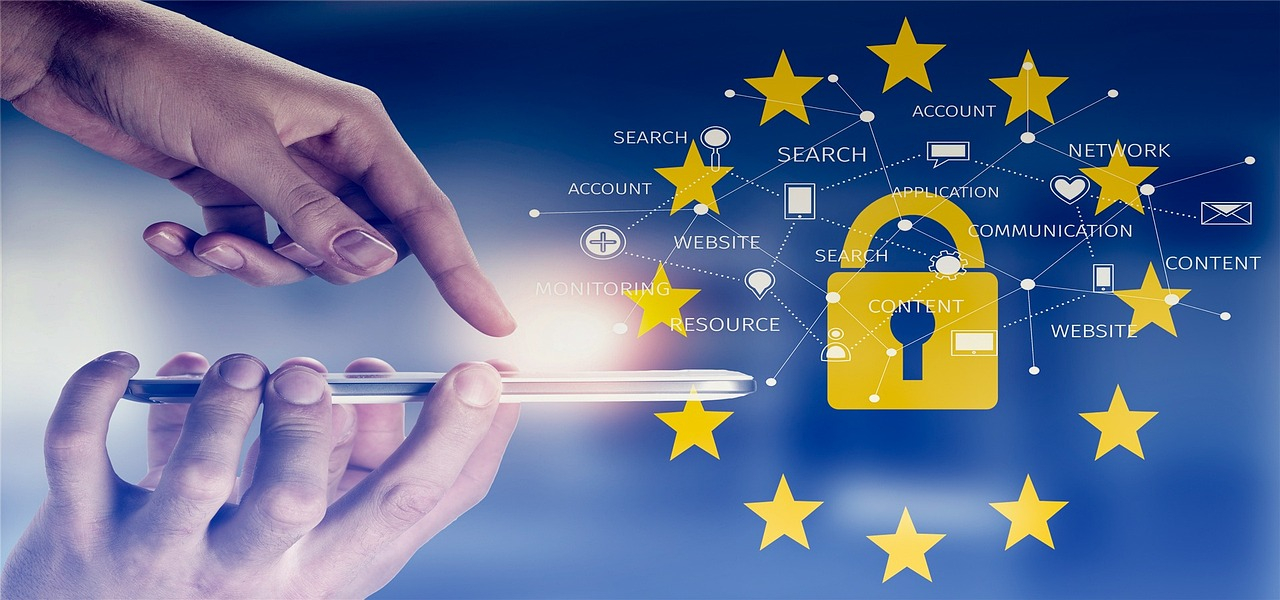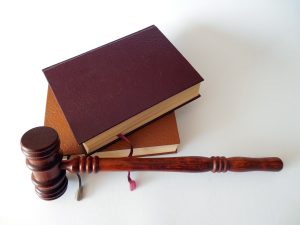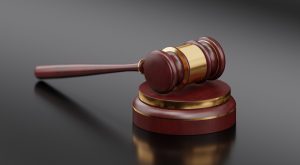Digital Rights Framework: Privacy Protection
Welcome to the digital age, where our lives are intertwined with technology more than ever before. With the proliferation of social media, online shopping, and virtual communication, our personal information has become increasingly vulnerable to privacy breaches. In fact, in 2019 alone, data breaches exposed over 4 billion records – a staggering number that highlights the need for strict privacy protection measures. This is where the Digital Rights Framework comes into play. In this article, we will delve into the concept of Digital Rights Framework and how it ensures privacy protection in the digital world.
The Rise of Digital Rights Framework
Digital Rights Framework is a set of laws, rules, and regulations that are designed to protect the privacy of individuals in the digital realm. With our lives becoming more dependent on the internet, it has become crucial to establish a framework that ensures the protection of our personal data from unauthorized access and usage. The concept of Digital Rights Framework is not new; it has its roots in the traditional human rights framework, which protects our fundamental rights as individuals.
Why Privacy Protection is Essential
In today’s world, we share a significant amount of personal information online, from our date of birth and contact details to our interests and habits. While it has made our lives more convenient, it has also exposed us to various risks. Our personal data has become a valuable commodity, targeted by cybercriminals for financial gain or even malicious intent. Furthermore, with the rise of targeted advertising and data analytics, our online activities and preferences are constantly being tracked and monitored, raising concerns about the protection of our privacy.
The Components of Digital Rights Framework
Digital Rights Framework comprises three essential components: data protection, data privacy, and data security. Let’s take a closer look at each of these components:
Data Protection
Data protection refers to the measures taken to secure personal data from being accessed or used without the individual’s consent. It involves the collection, use, storage, and sharing of personal data, ensuring that it is done in a lawful and transparent manner. It also includes the right to access and correct any information stored about an individual.
Data Privacy
Data privacy pertains to the individual’s right to control how their personal information is collected, used, and shared. It ensures that individuals have the power to grant or deny consent for the use of their data and know how it will be used. Data privacy also includes the right to be forgotten, where individuals can request the deletion of their data from databases and systems.
Data Security
Data security is a crucial aspect of Digital Rights Framework and involves safeguarding personal data from unauthorized access, use, modification, or disclosure. This includes implementing secure systems and protocols, as well as regular risk assessments to identify potential vulnerabilities.
The Role of Google in Privacy Protection
As a leader in the digital world, Google has a significant influence on the protection of individuals’ digital rights. The company has made significant efforts to enhance data protection and privacy for its users. One of the steps taken by Google is the implementation of the “privacy by design” principle, where privacy is built into the design of their products and systems from the start. They also have strict data protection and privacy policies, including providing users with control over their data through privacy settings and options to delete data.
Conclusion
The Digital Rights Framework plays a vital role in safeguarding our privacy in the digital world. It ensures that our personal data is protected, and we have control over how it is used. With the rising concerns about privacy, it is crucial for organizations like Google to prioritize privacy protection and comply with the Digital Rights Framework for a safer online experience for all individuals. Remember, your digital rights matter, and protection is key.








